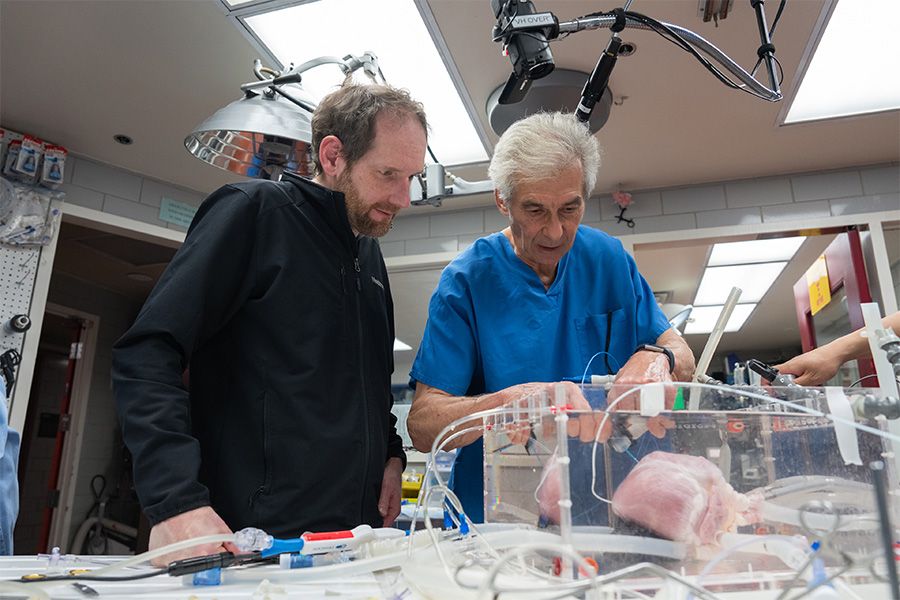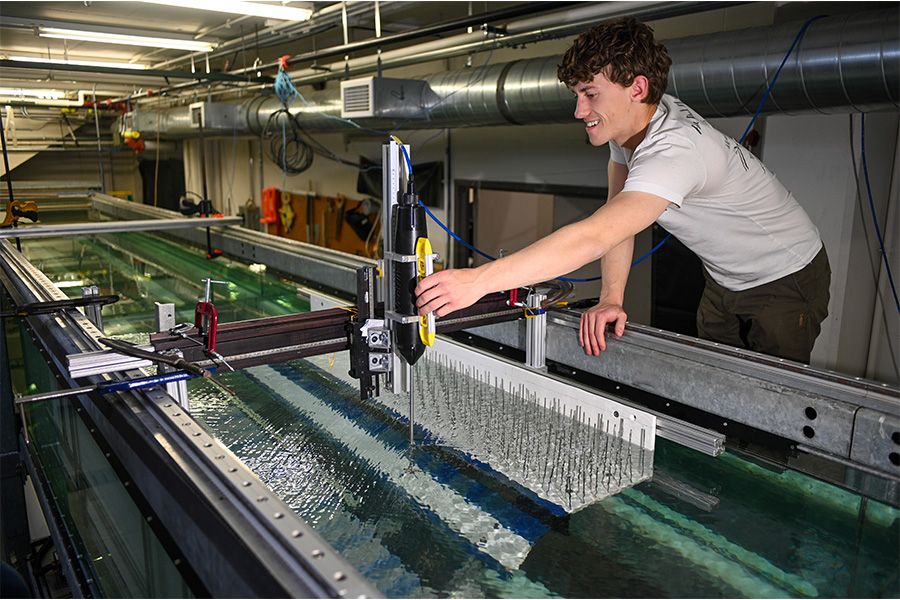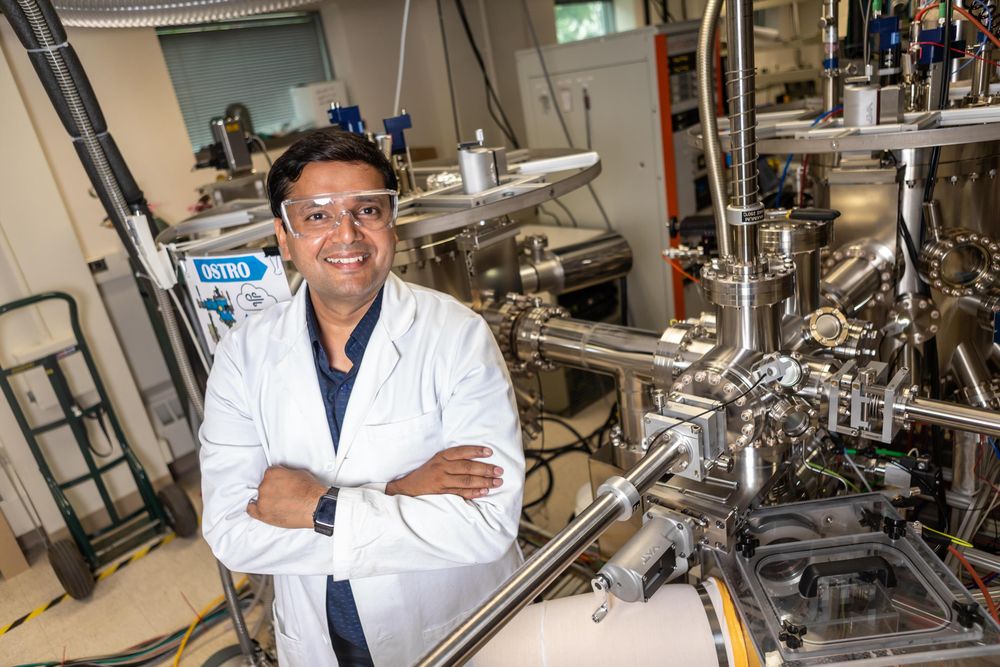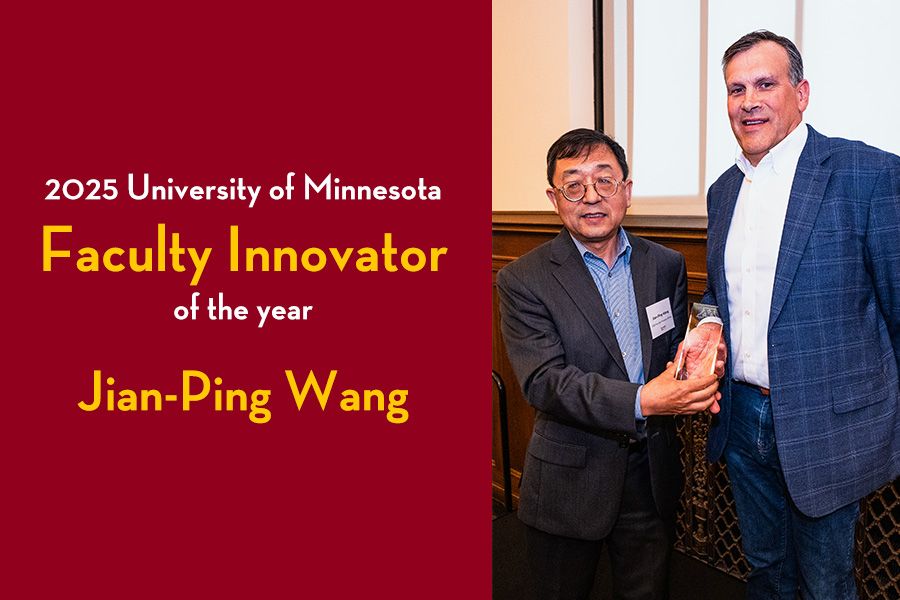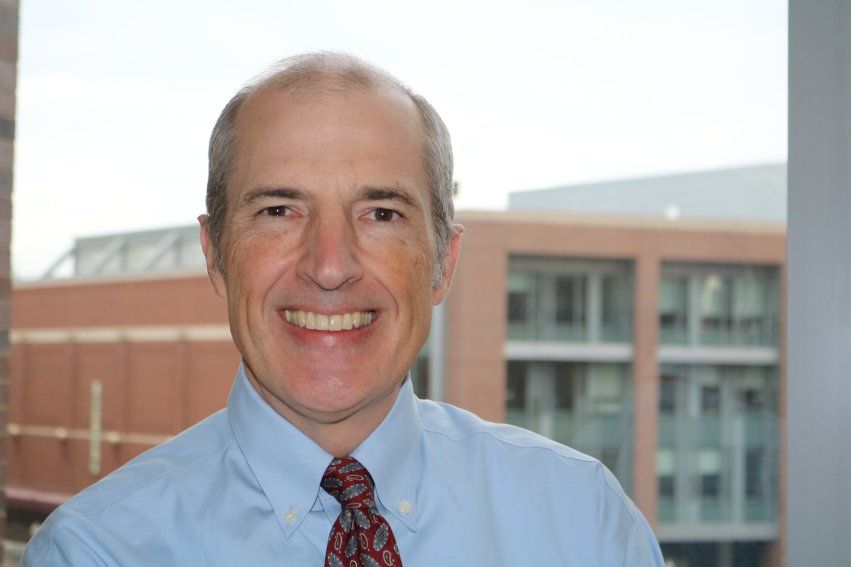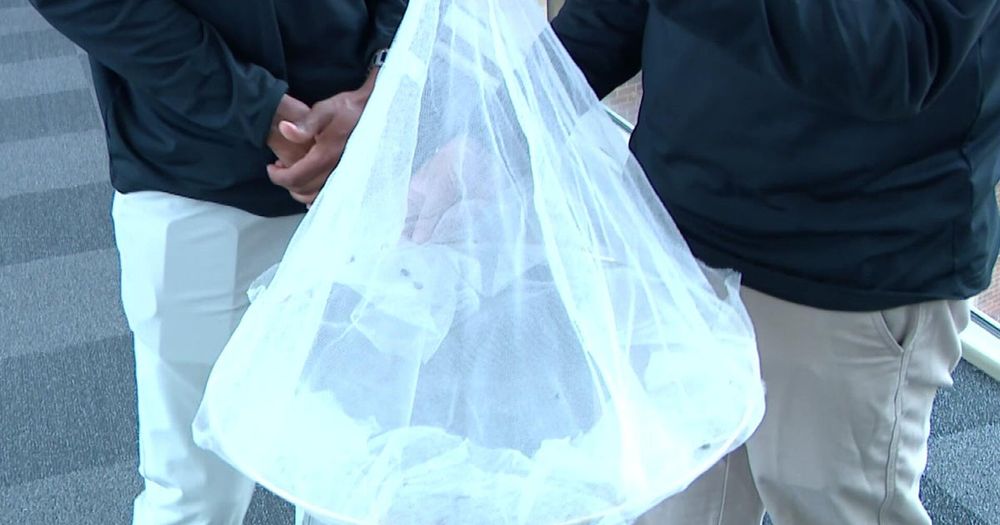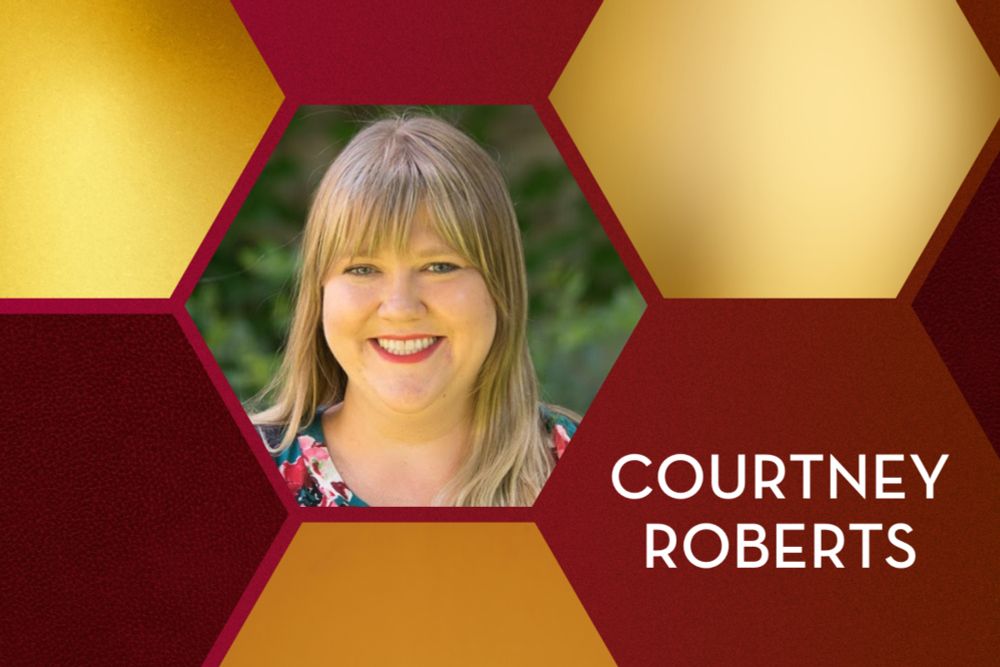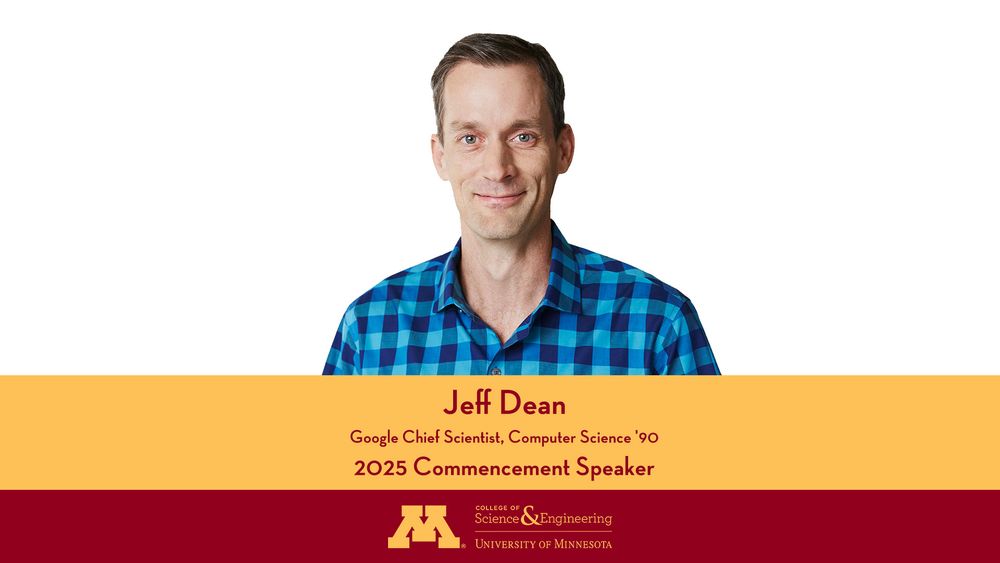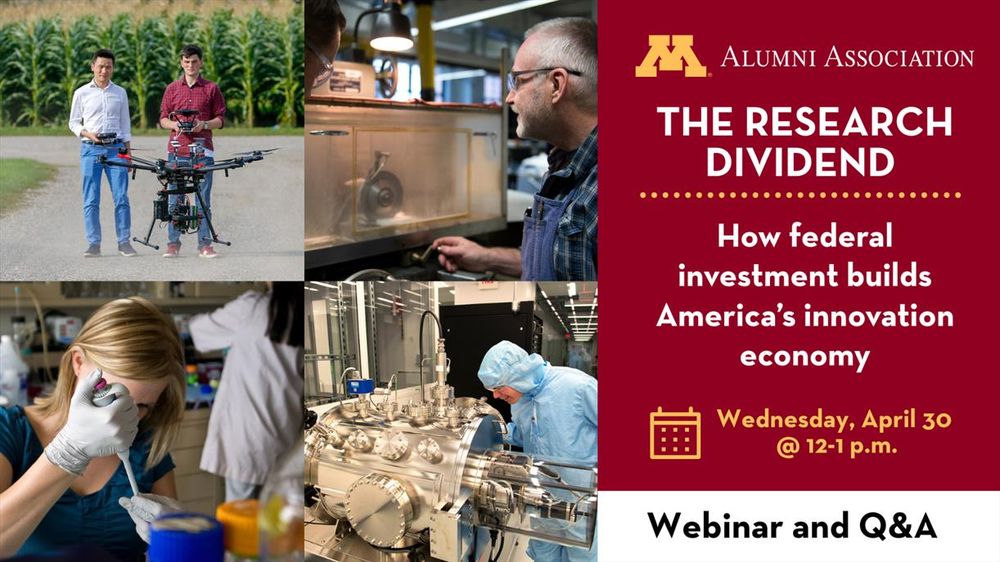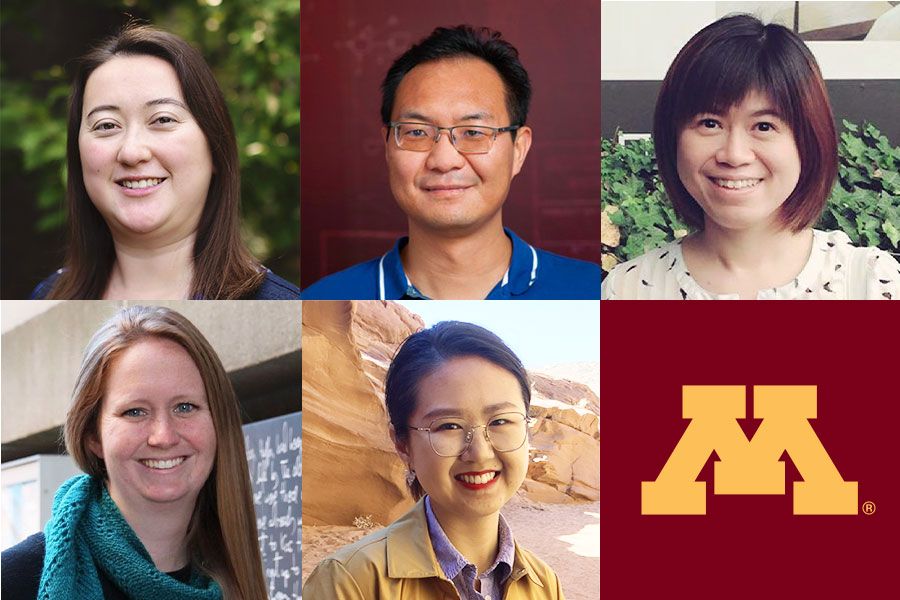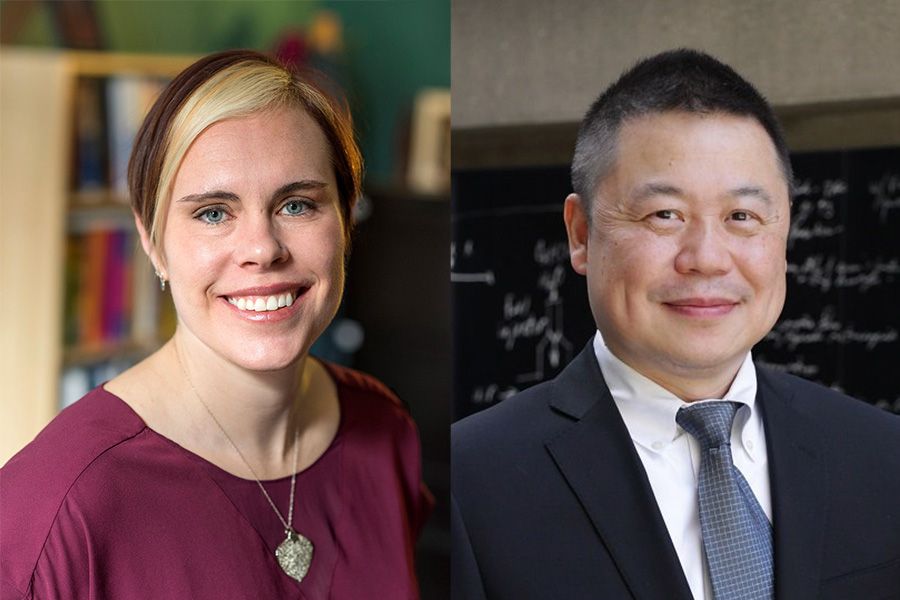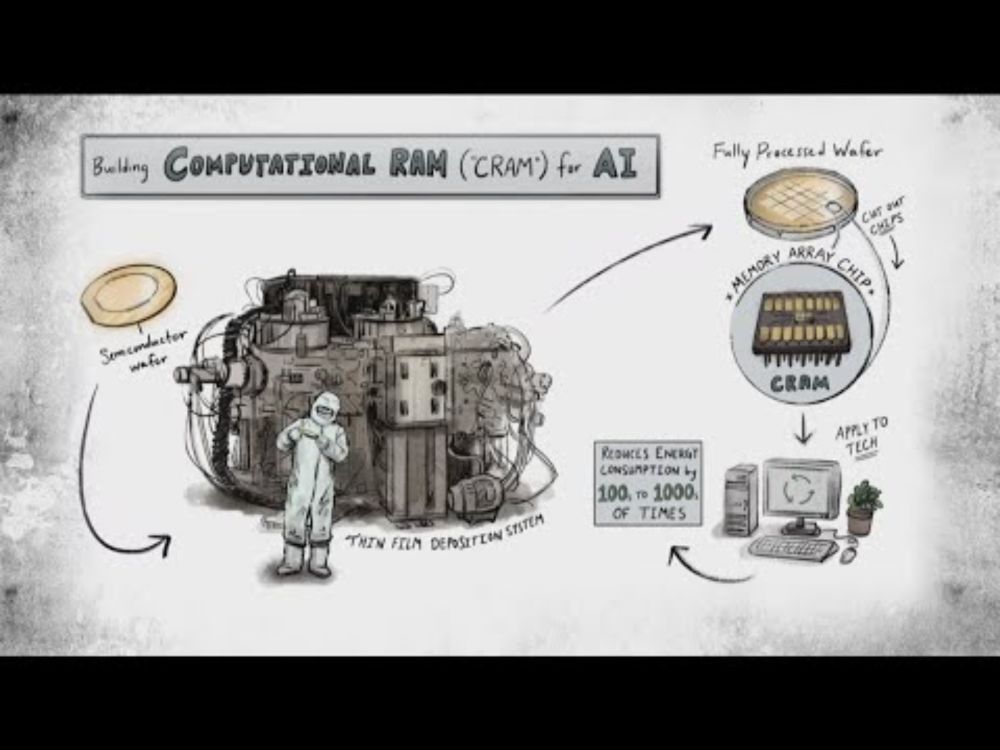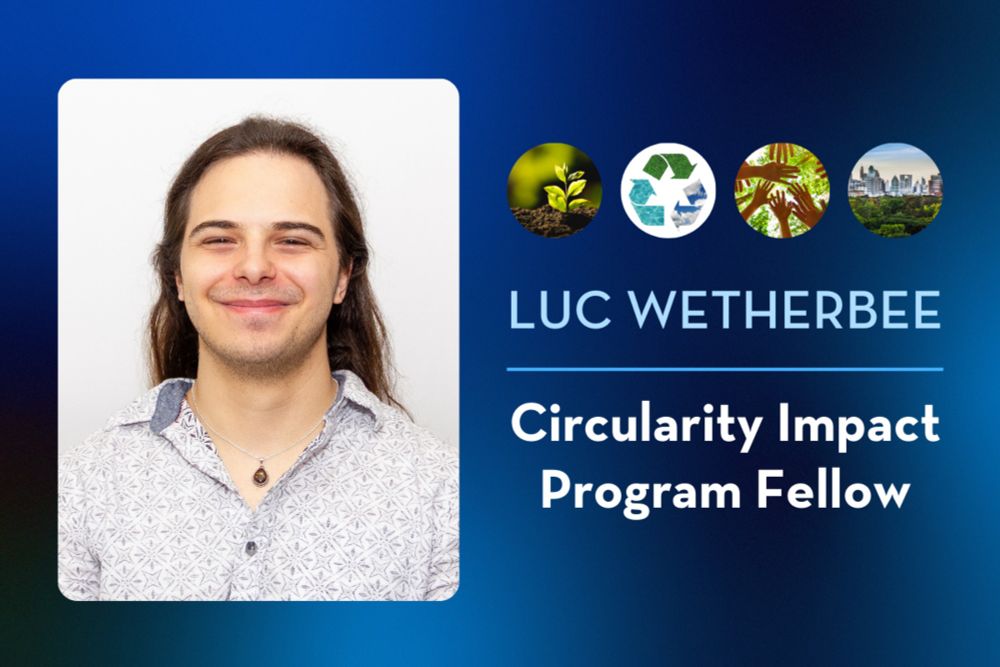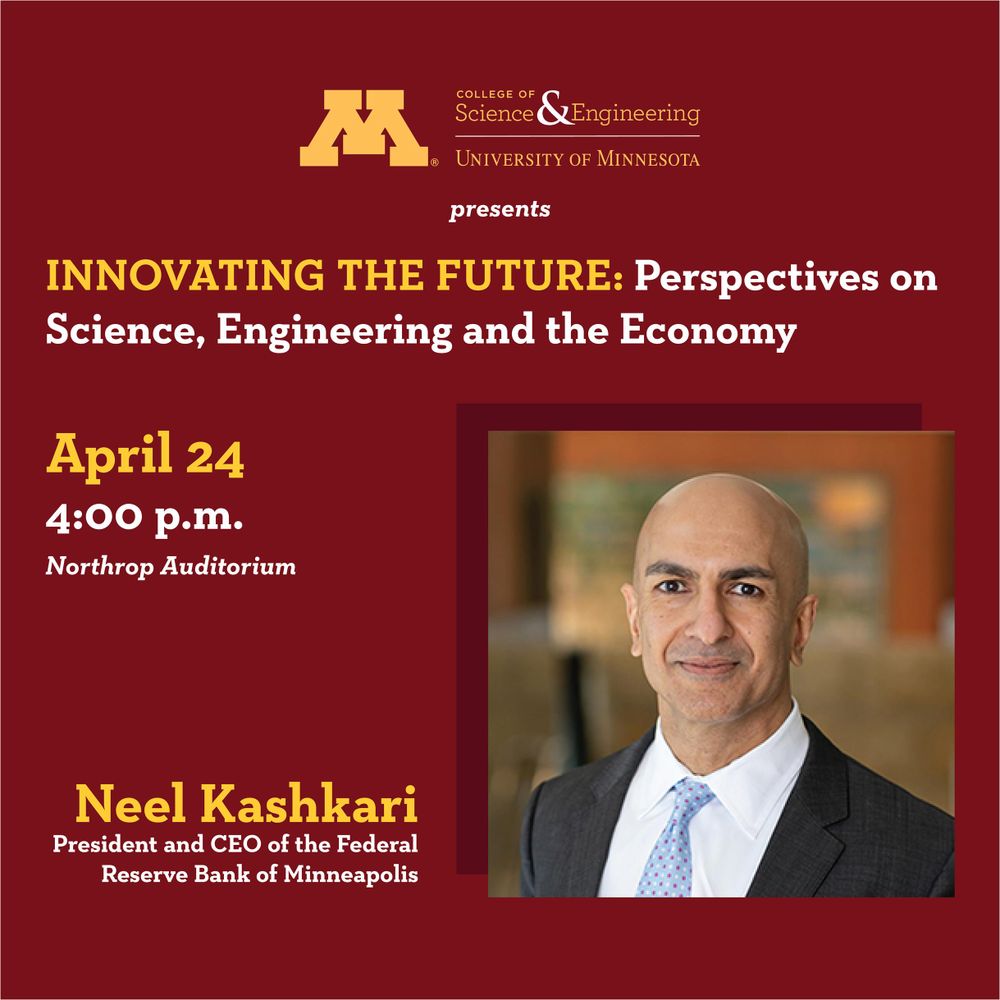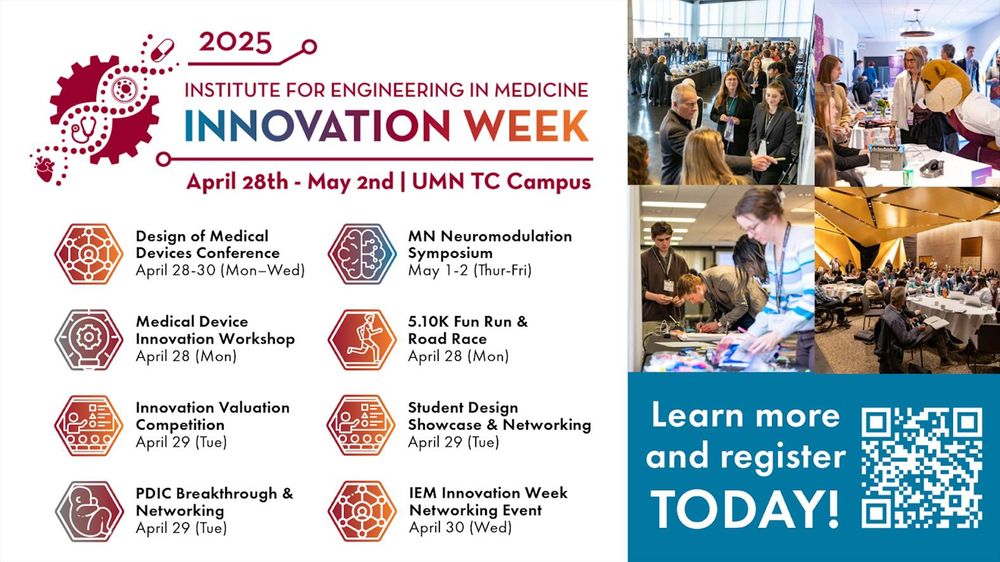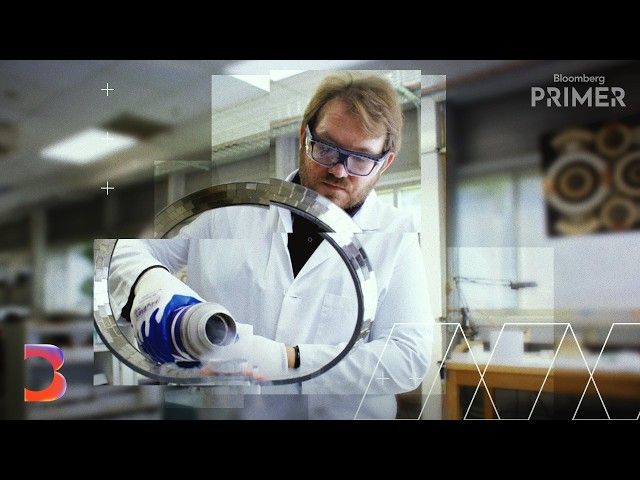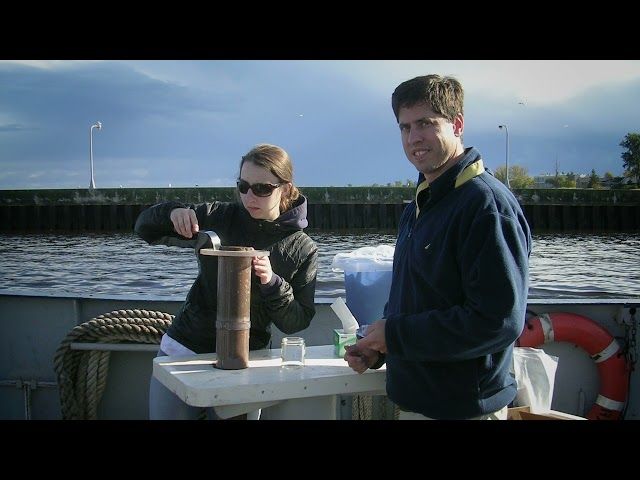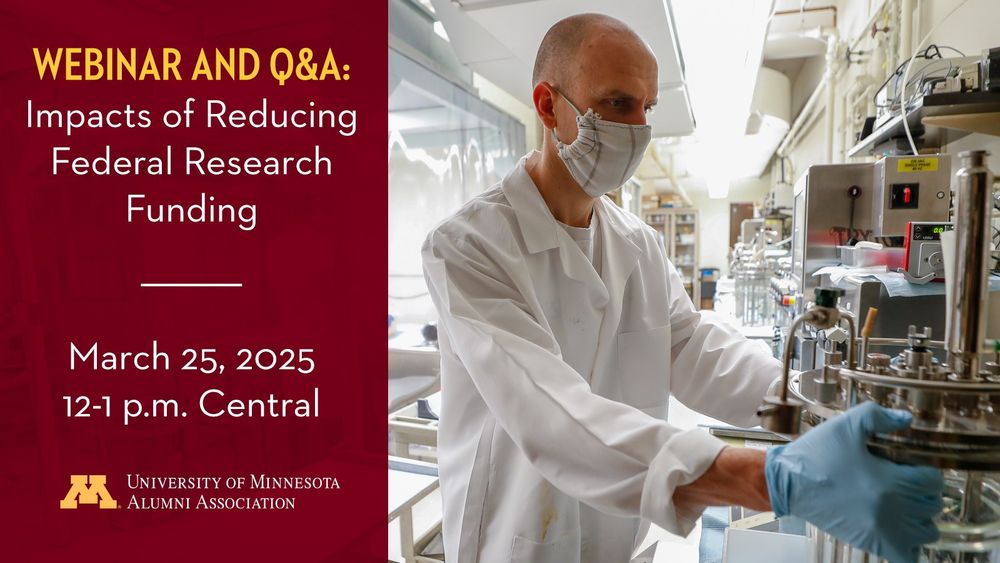
University of Minnesota ranks among nation’s top startup creators
College of Science and Engineering boasts 12 new startups last yearMINNEAPOLIS / ST. PAUL (06/09/2025) — The University of Minnesota is a national leader for startup creation, ranking among the top four universities in the country for four consecutive years. In fiscal year 2024, the University launched 25 new startups—12 were from the College of Science and Engineering (CSE). In the past, the College of Science and Engineering has had very successful startups including Lakril Technologies, Niron Magnetics, Objective Biotechnology, Resynergi, SecondWave Systems, and Sironix Renewables that are part of eight University of Minnesota startups who collectively secured more than $50 million in Seed to Series B funding rounds in 2024. Fiscal Year 2024 CSE Startups6D Biosystems, Inc. - Siddhant YelwandeConvergent Bioscience - Christy Haynes, Kaitlin Landy, and Joseph BuchmanFlyover Country LLC (v2.0) - Alex Stone, Brian Grivna, Amy Myrbo, and Shane LoefflerGlome Health Inc. - Ibrahim Yekinni, Aaron Tucker, Amy Hoelscher, Kieran Leong, and Thomas VikerHiFi Imaging - Mehmet Akçakaya, YaÅŸar Alçalar, and Chi ZhangMagtection, LLC - Jianping Wang, Bin Ma, Jinming Liu, Vinit Chugh, Kai Wu, and Liang TuNeoAcoustics, Inc. - Hubert Lim, Mark Hamilton, Hongsun Guo, and Cory GloecknerNuSonex LLC - Emad Ebbini, Abhishek Sahoo, Nayef Alshamlan, John Ballard, Dalong Liu, and Andrew CasperOptimal Mobility LLC - Jonathon GallaherPhysiAroma - Beth Groenke, Joe Weber, Jessica Holst-Wolf, and John SartoriVista Biomedical, Inc. - Joe Weber, Sandy Liu, and Beth GroenkeWhirrlEnergy LLC - Richard James and Huan LiuIn this video, see how innovations in areas such as health, medicine, energy, and environmental solutions are turning visionary research into real-world benefit. Since the 2006 founding of the Venture Center, which is a division of University of Minnesota Technology Commercialization, the University has launched more than 260 startup companies, with a long-term success rate of 68 percent. Additionally, 73 percent of these companies are located in Minnesota.Read more on the Research and Innovation Office’s Technology Commercialization website.This story includes excerpts from a University of Minnesota story.
The University of Minnesota is a national leader for startup creation! In fiscal year 2024, the University launched 25 new startups. This includes 12 startups from the College of Science and Engineering.
Read more at z.umn.edu/2025CSESta...

